MercoPress. South Atlantic News Agency
Health & Science
-
Wednesday, November 19th 2014 - 04:07 UTC
E-cigarettes make “Vape” word of the year, says Oxford English Dictionary

Oxford English Dictionary named “vape” - the word used for drawing on an electronic cigarette instead of a burning stick of tobacco – as its 2014 word of the year.“You are thirty times more likely to come across the word 'vape' than you were two years ago, and usage has more than doubled in the past year,” staff editors have said.
-
Friday, November 14th 2014 - 08:03 UTC
Fears of a new Chikungunya viral strain in Brazil with the coming of summer
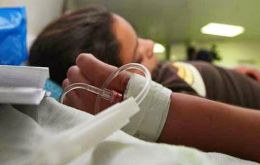
The Chikungunya outbreak which continues to affect thousands of Caribbean residents since it first appeared in St. Martin last year has been relatively self-limiting in the United States, due to the fact that the current strain only spreads through the Aedes egypti mosquito vector, which is uncommon on the US Eastern seaboard.
-
Thursday, November 13th 2014 - 07:46 UTC
Europe makes history successfully landing spacecraft on a comet, a ten year precision cosmic chase
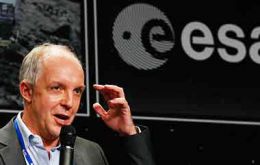
A European spacecraft made history Wednesday by successfully landing on the icy, dusty surface of a speeding comet, an audacious cosmic first designed to answer big questions about the origin of the universe. The landing on comet 67P/Churyumov-Gerasimenko required immense precision, as even the slightest error could have resulted in cosmic calamity.
-
Tuesday, November 11th 2014 - 07:12 UTC
”Ageing well”, says WHO: in 2020 over 60 will outnumber children under 5
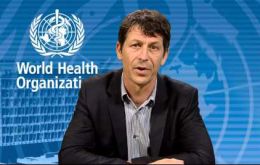
A major new Series on health and ageing, published in “The Lancet”, warns that unless health systems find effective strategies to address the problems faced by an ageing world population, the growing burden of chronic disease will greatly affect the quality of life of older people.
-
Thursday, November 6th 2014 - 06:28 UTC
Cannabis debate in US rages with legalization claiming more states

Residents of Oregon, Alaska, and the US capital Washington voted on Tuesday to legalize marijuana in key victories that could fuel the legalization movement as cannabis usage is increasingly recognized by the American mainstream.
-
Wednesday, November 5th 2014 - 22:43 UTC
Uruguay, “a role model for the region and the world” in tobacco policies

The Pan American Health Organization/World Health Organization (PAHO/WHO) is supporting the Government of Uruguay as it defends its tobacco control policies against claims brought by the Philip Morris tobacco company.
-
Saturday, October 25th 2014 - 10:53 UTC
Trekker technology captures imagery of Shackleton's South Georgia
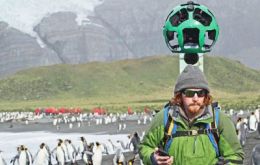
Trekker technology captures imagery of one of the most rarely-visited places on earth, South Georgia and the Falkland Islands, made famous by Sir Ernest Shackleton, one of the bravest and most remarkable explorers. It offers end users the literal experience of being an explorer by traveling to places where traditional vehicles – or they - cannot go.
-
Friday, October 24th 2014 - 20:17 UTC
France reports four cases of chikungunya locally acquired infections

On 21 October 2014, WHO was notified by the National IHR Focal Point for France of 4 cases of chikungunya locally-acquired infection in Montpellier, France. The cases were confirmed by tests conducted by the French National Reference Laboratory for arboviruses on 20 October 2014. This is the first time that locally-acquired transmission of chikungunya has been detected in France since 2010.
-
Friday, October 24th 2014 - 19:59 UTC
Argentina's geostationary satellite reaches and stations in permanent orbit
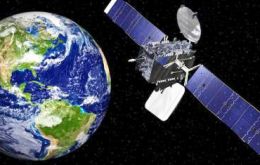
Argentina's Arsat-1 geostationary satellite launched last week finished the third and last maneuver in order to remain in orbit permanently, 36,000 km away from earth.
-
Wednesday, October 22nd 2014 - 09:52 UTC
Falklands prepares for Ebola threat situation; vessels from high risk areas will undergo 21 day clearance period

In response to a possible Ebola threat situation the Falkland Islands government is focusing on prevention at this time but with good contingency plans also being laid down as a back up to a possible outbreak.